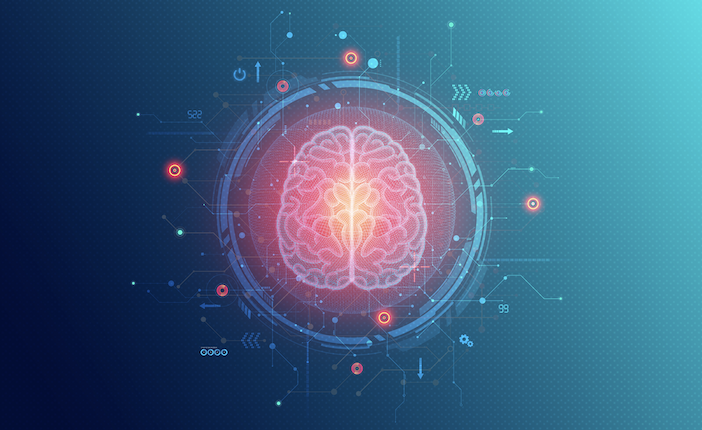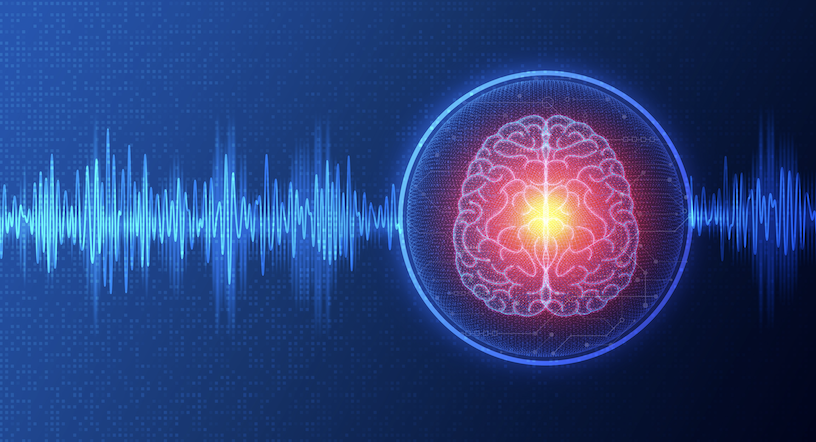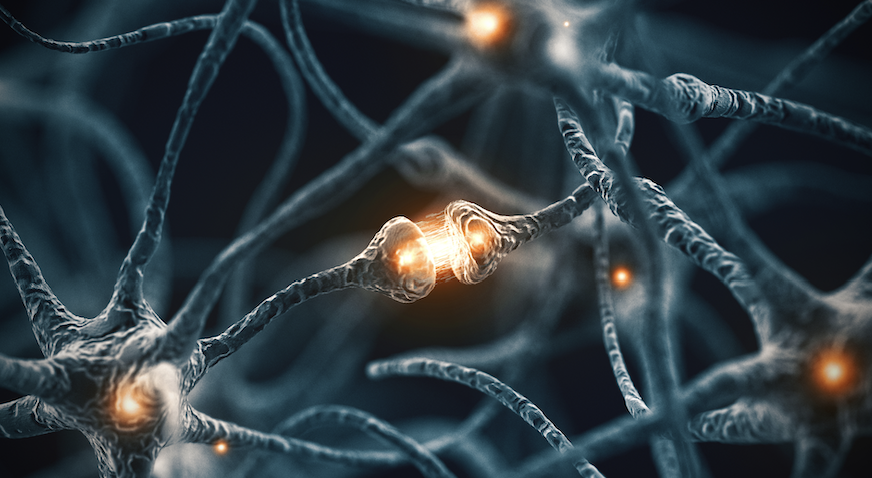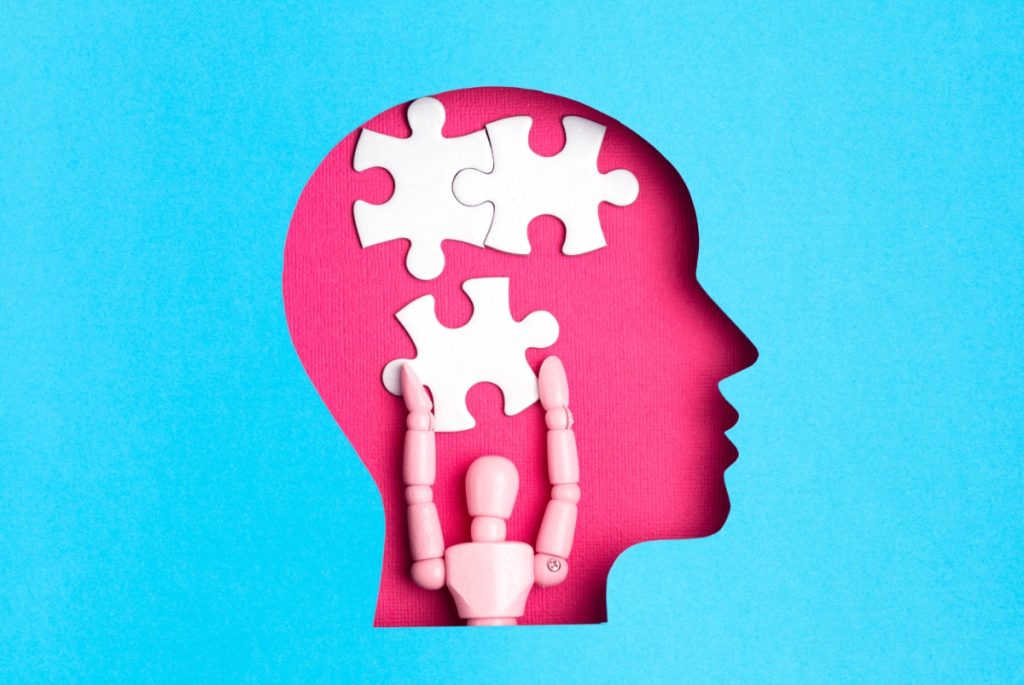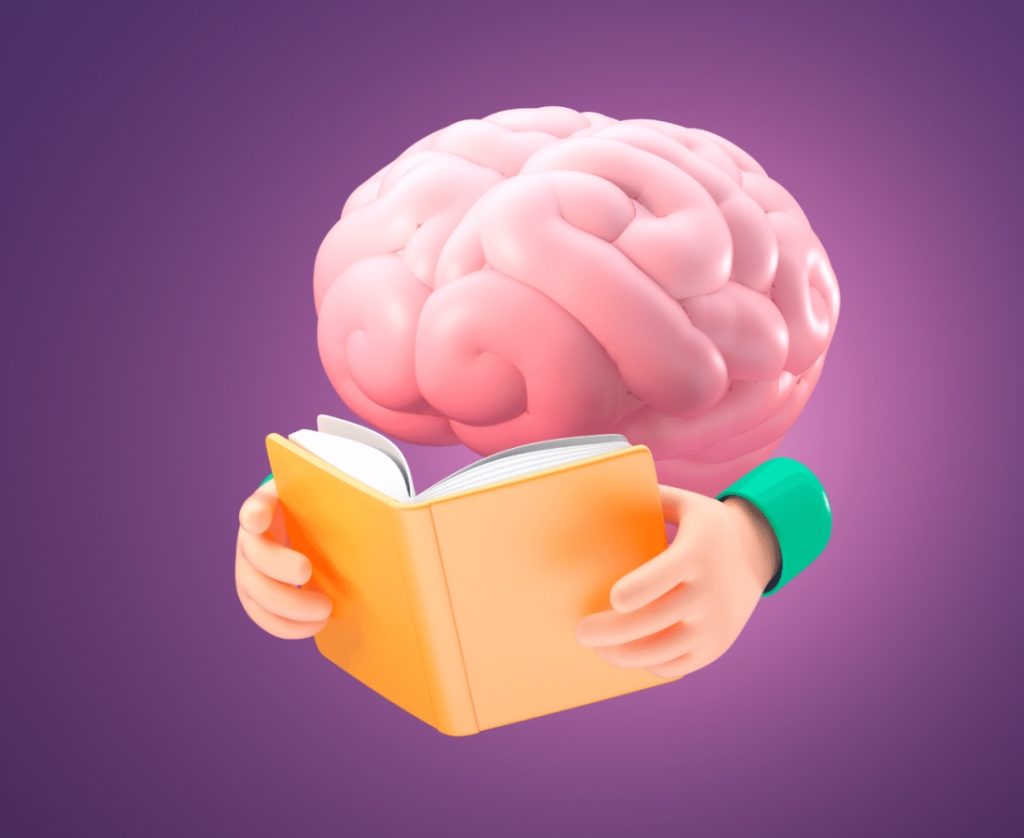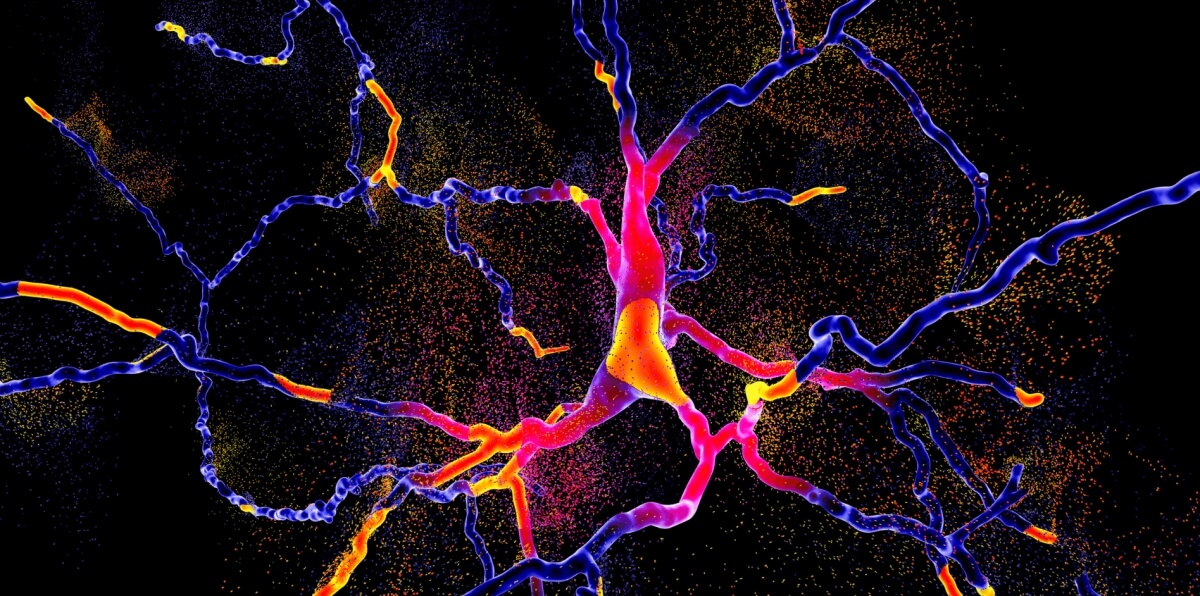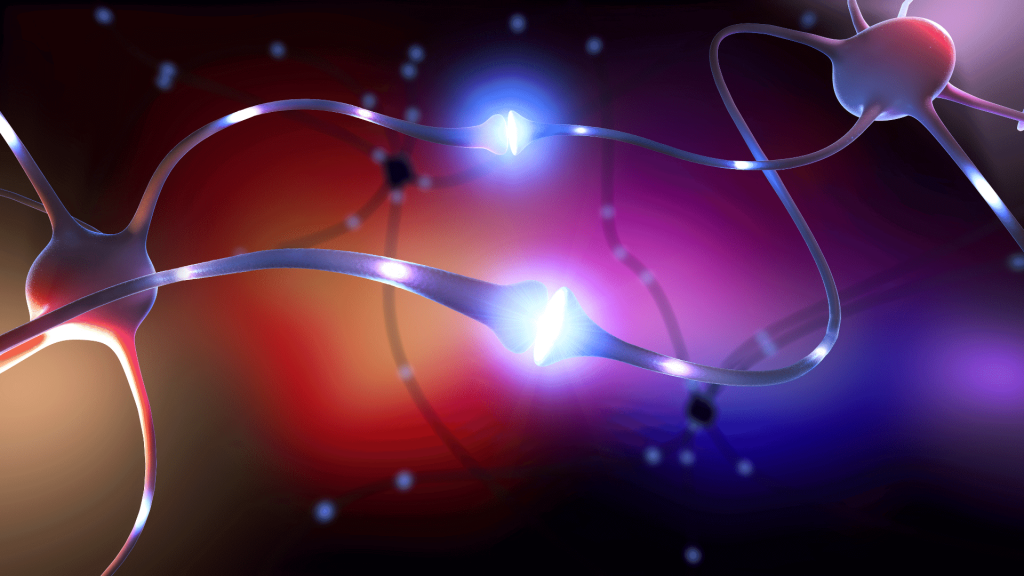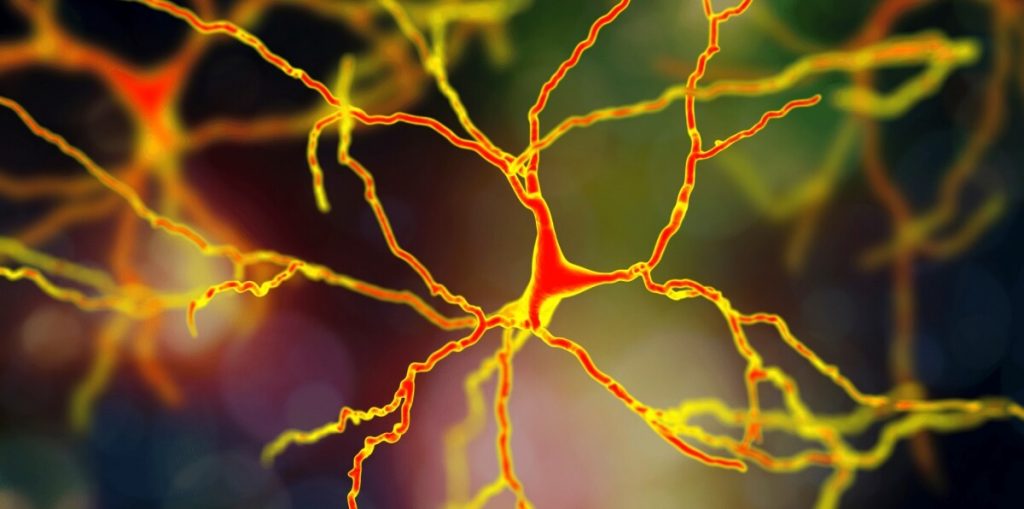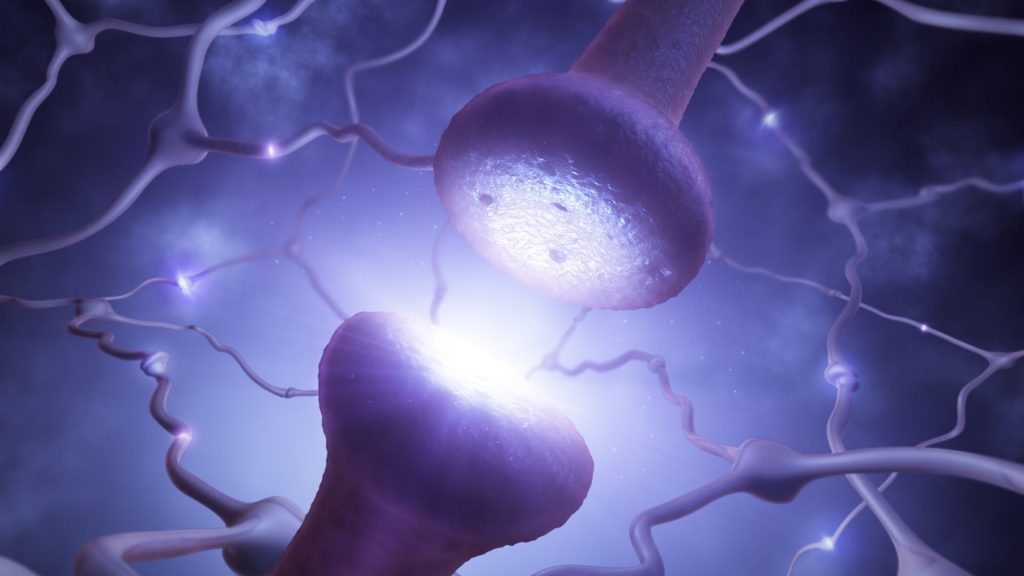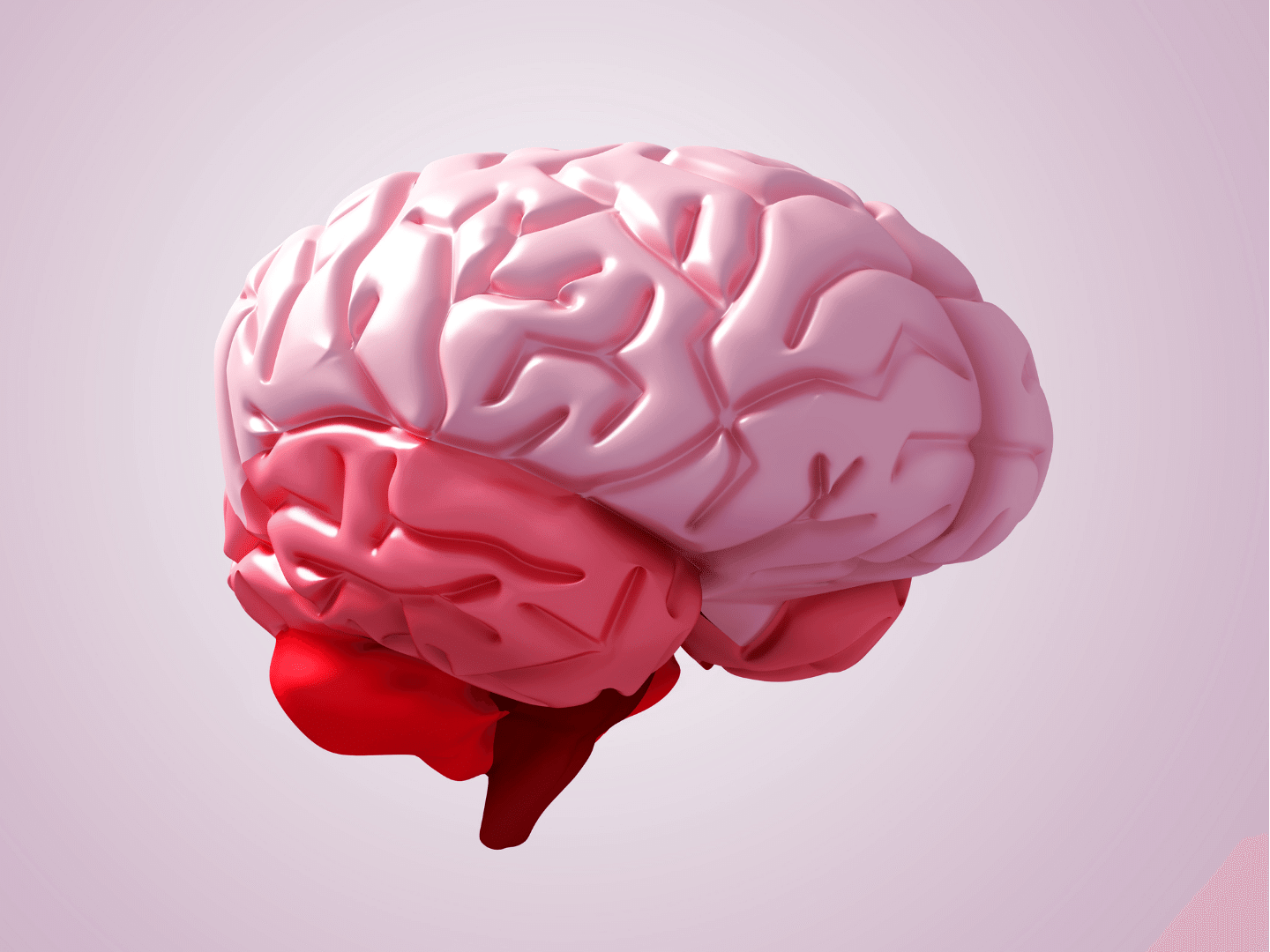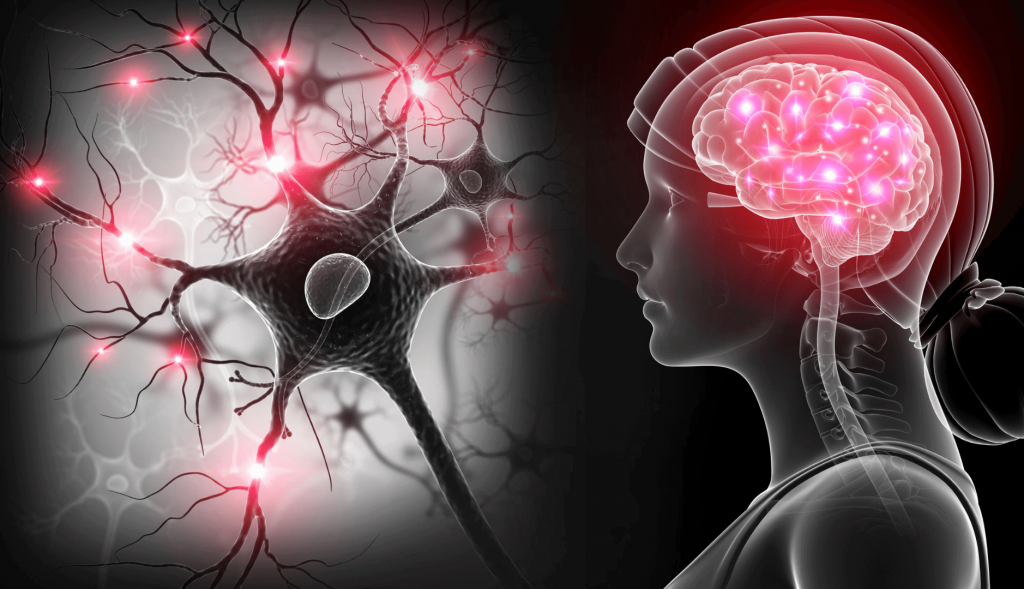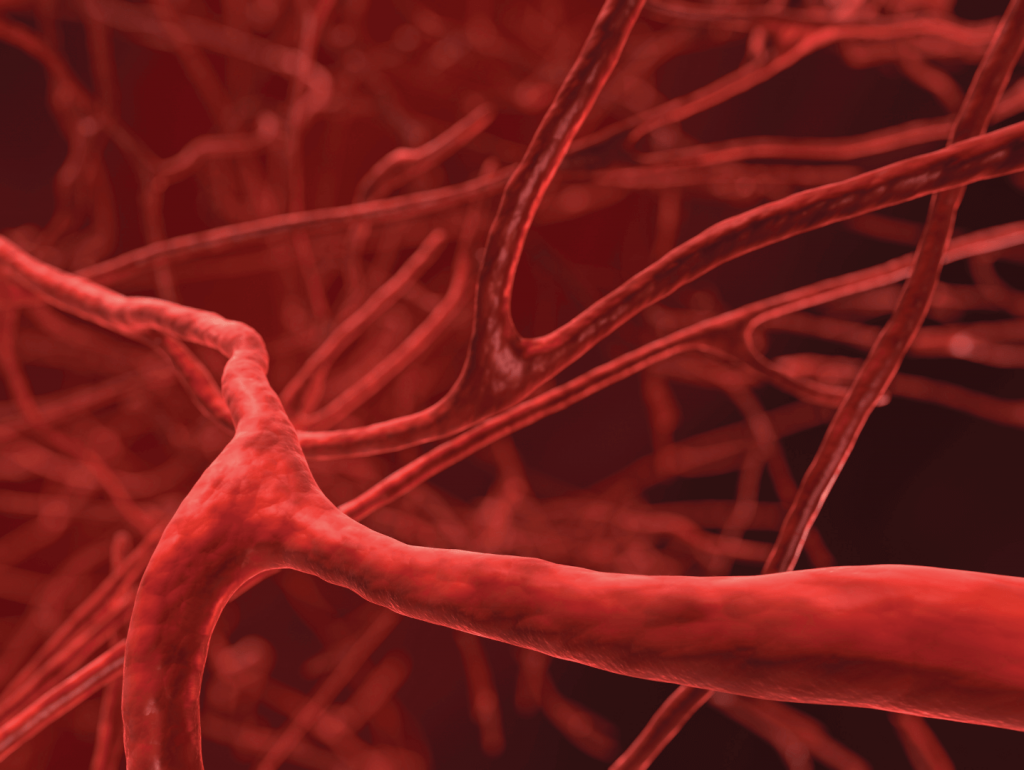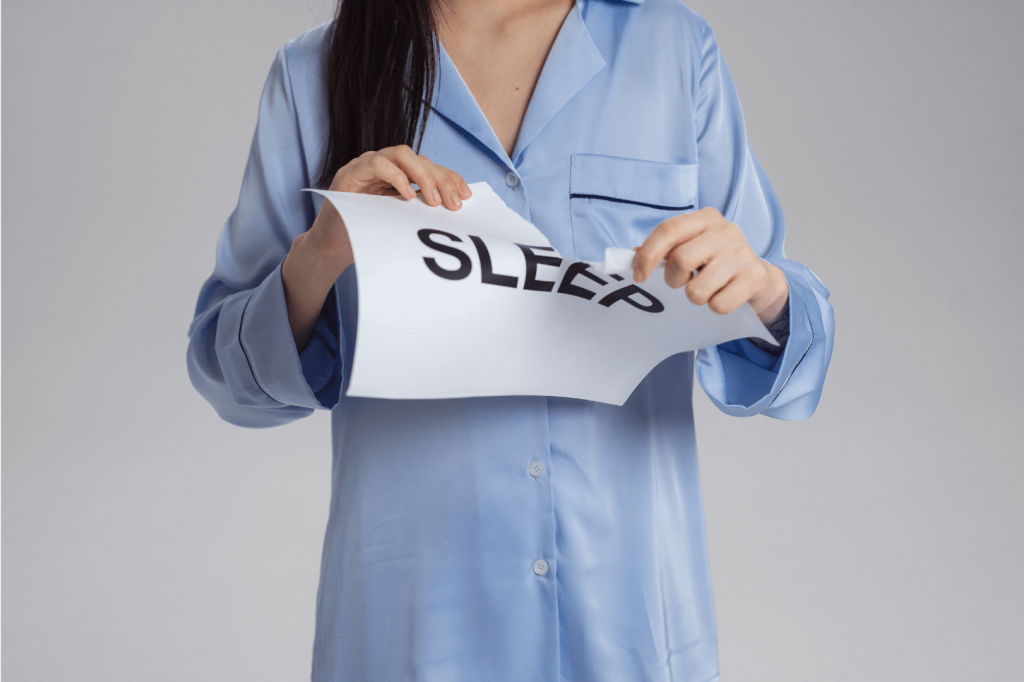Neurofeedback can be a powerful tool for brain optimization and changing your mental states. In the past article, part 1, we explained how it works and conditions that it’s been studied in. In this article, part 2, we’re discussing the advantages and side effects of neurofeedback, along with supplements that may help.
Advantages of Neurofeedback

Non-Invasive and Drug-Free
Neurofeedback is a non-invasive therapy that does not involve medication. This appeals to individuals seeking alternative or adjunctive treatments .
Customized Treatment
The therapy can be tailored to an individual’s specific needs by targeting certain brainwave patterns associated with their symptoms or goals .
Potential Long-Term Benefits
While research is ongoing, some users report lasting improvements after completing a course of neurofeedback sessions .
Side Effects of Neurofeedback

Neurofeedback is generally considered safe, but like any therapeutic intervention, it may have potential side effects for some individuals . It’s essential to note that these side effects are often mild and temporary. Here are some potential side effects of neurofeedback.
1. Fatigue
Some people may feel tired and sleepy after a neurofeedback session, especially during the initial stages of treatment. Neurofeedback often involves concentration and mental effort as individuals work to modulate their brainwave patterns. The cognitive engagement required during the session can lead to mental fatigue .
Furthermore, as the brain undergoes changes in response to neurofeedback, particularly in the modulation of specific brainwave frequencies, the adaptation process itself can be tiring. The brain is essentially learning to operate in a new or more optimized way, which may require additional energy
2. Headache
Headaches can occur, particularly if the session involves a significant amount of concentration or if the individual is prone to headaches. Prolonged concentration can lead to tension headaches for some individuals .
The visual and auditory stimuli used in neurofeedback sessions may trigger headaches in individuals who are sensitive to sensory stimuli or prone to migraines.
People have varying levels of sensitivity to stimuli, and some individuals may be more prone to headaches in response to changes in visual or auditory stimuli used in neurofeedback.
If neurofeedback involves the use of computer screens or other electronic devices, prolonged screen time can contribute to eye strain and, thus, headaches .
3. Dizziness
Neurofeedback involves training the brain to modify its electrical activity patterns. As the brain adapts to new patterns during the session, some individuals may experience temporary dizziness as part of the adjustment process .
Depending on the specific neurofeedback protocol, there may be deliberate efforts to alter certain brainwave frequencies. Rapid changes in these frequencies, particularly if significant, could contribute to sensations of dizziness .
Neurofeedback sessions may involve visual or auditory stimuli. Individuals sensitive to such stimuli or with pre-existing sensory processing issues might be more prone to dizziness.
Longer neurofeedback sessions or sessions with intense concentration may increase the likelihood of dizziness. This could be related to mental fatigue or strain .
Some people are more susceptible to dizziness in response to changes in their sensory environment, and this sensitivity can influence their experience during neurofeedback.
4. Emotional Changes
Neurofeedback can sometimes bring underlying emotions to the surface. As the brain undergoes changes in response to the training, individuals may experience shifts in emotional states. This emotional processing is a natural part of the therapeutic process.
Certain neurofeedback protocols promote relaxation and stress reduction. As the brain learns to enter more relaxed states, individuals may experience changes in emotional well-being, including reduced anxiousness or increased calmness .
5. Concentration Issues
Some people may find concentrating immediately after a neurofeedback session challenging, but this effect is usually short-lived .
Neurofeedback involves training the brain to modify its electrical activity patterns. As the brain adapts to new patterns during the session, some individuals may experience temporary changes in cognitive processing, including concentration .
Neurofeedback sessions, particularly those that are intensive or lengthy, may lead to mental fatigue. Fatigue can impact concentration.
It’s crucial to communicate any side effects or concerns with the healthcare professional overseeing the neurofeedback sessions. They can adjust the protocol or provide additional support to minimize any adverse effects.
Neurofeedback Support Supplements

While neurofeedback is a non-invasive therapy, and its success doesn’t necessarily rely on specific supplements, some individuals may consider incorporating certain nutrients that are generally associated with brain health.
Intense neurofeedback sessions can also make you hungry or deplete more of certain nutrients. However, it’s important to consult with a healthcare professional before adding any supplements to your routine, as individual needs can vary, and some supplements may interact with medications or have contraindications.
Here are some supplements that are commonly associated with brain health:
1. Omega-3 Fatty Acids
Found in fish oil and certain nuts and seeds, omega-3 fatty acids, particularly DHA and EPA, are linked to cognitive function and overall brain health .
- Omega-3 fatty acids, specifically DHA and EPA, are vital for cognitive function and overall brain health. They help form myelin sheaths and support BDNF levels.
- DHA, highly concentrated in the brain, plays a crucial role in the structure of neural cell membranes.
- These fatty acids contribute to neurotransmitter function, enhancing communication between nerve cells for improved cognitive processes like learning and memory.
- Maintenance of structural integrity in neuronal membranes supports optimal synaptic function and neural signaling.
- Neuroprotective properties of omega-3s contribute to shielding nerve cells from damage, potentially slowing neurodegenerative progression.
- Improved blood flow in the brain and support brain development
2. Vitamin B Complex
B vitamins, including B6, B9 (folate), and B12, play essential roles in brain function .
- B vitamins help regulate homocysteine levels. Elevated homocysteine is associated with an increased risk of cognitive decline and neurodegenerative disorders. Adequate B vitamin levels contribute to the breakdown of homocysteine.
- B vitamins are involved in brain cell DNA synthesis and repair processes. This is essential for maintaining neurons’ integrity and proper functioning, supporting overall brain health.
- B vitamins are crucial for methylation, a biochemical process involved in various functions, including neurotransmitter synthesis and DNA regulation. Proper methylation is essential for optimal cognitive function.
- B vitamins play a key role in energy production from carbohydrates, fats, and proteins, providing the energy necessary for brain cells to function. Adequate energy supply is vital for cognitive processes such as concentration and mental alertness.
- Some B vitamins, such as B6 and B12, have antioxidant properties, helping to reduce oxidative stress in the brain. This can protect neurons from damage caused by free radicals and support long-term cognitive health.
3. Magnesium
It’s found in various foods, including nuts, seeds, and leafy green vegetables .
- Magnesium modulates neurotransmitter release, influencing mood and cognitive functions.
- It plays a role in NMDA receptor activation, crucial for synaptic plasticity and memory.
- Magnesium exhibits inflammation-balancing properties, including in the brain.
- It contributes to vasodilation, supporting optimal blood flow to the brain.
- Magnesium helps regulate the stress response, promoting relaxation and mental well-being.
- It stabilizes neuronal membranes, supporting overall neural health and function.
4. Zinc
Zinc is an essential mineral involved in neurotransmitter function and overall brain health. It can be obtained from sources like meat, dairy, and legumes . Zinc plays a vital role in cognitive function through several mechanisms.
- Zinc helps regulate neurotransmitters, including glutamate and dopamine, which are essential for cognitive processes such as learning and memory.
- Zinc modulates synaptic plasticity, influencing the strength and efficacy of connections between nerve cells. This is crucial for adaptive changes in the brain associated with learning and memory.
- Acting as an antioxidant, zinc helps protect neurons from oxidative stress and free radical damage, supporting overall brain health.
- Zinc is involved in DNA synthesis and repair, essential for properly functioning and maintaining brain cells.
- Zinc interacts with NMDA receptors, contributing to the receptors’ regulation in synaptic transmission and memory formation.
- Zinc supports the generation of new neurons, a process known as neurogenesis, which is vital for cognitive function, especially in areas related to learning and memory.
5. Vitamin D
Vitamin D has implications for brain health, and its deficiency has been associated with cognitive decline. Sunlight exposure and dietary sources like fatty fish and fortified foods are common ways to obtain vitamin D .
- Vitamin D influences the expression of genes related to neurotransmitter synthesis, supporting effective communication between nerve cells.
- It plays a role in shielding neurons from inflammation and oxidative stress, contributing to brain health.
- Vitamin D promotes the production of neurotrophic factors, supporting the survival and growth of neurons.
- Deficiencies in vitamin D are linked to cognitive decline.
6. Ginkgo Biloba
This herbal supplement is believed to have antioxidant properties and potential benefits for cognitive function .
- Ginkgo biloba acts as a vasodilator, enhancing blood flow to the brain for improved oxygen and nutrient delivery.
- It exhibits antioxidant effects, protecting neurons from oxidative stress, a factor linked to cognitive decline.
- Ginkgo biloba influences neurotransmitter activity, particularly acetylcholine levels associated with memory and learning.
7. Curcumin (Turmeric)
Curcumin, the active compound in turmeric, has several cognitive benefits .
- Curcumin, found in turmeric, possesses inflammation-balancing effects, potentially reducing neuroinflammation, a contributor to cognitive decline.
- Its antioxidant properties may combat oxidative stress.
- Curcumin may modulate pathways related to brain-derived neurotrophic factor (BDNF) production, crucial for neuronal growth and survival.
8. L-Theanine
Found in tea leaves, L-theanine is an amino acid that may have calming effects and promote relaxation without sedation. It is often paired with caffeine for a balanced focus .
- L-theanine induces a state of alert calmness by increasing alpha brainwave activity.
- It positively affects neurotransmitters, particularly serotonin and dopamine, improving mood and focus.
Conclusion:
Neurofeedback can be a powerful tool to optimize your cognition and mental states, although the science is still in its infancy. It’s often advantageous to other modalities but not without side effects. In some cases, you can enhance neurofeedback benefits or reduce side effects significantly by providing your body with what it needs with food, sleep, and supplements. In other cases, supplements can boost the benefits of neurofeedback, especially for cognitive optimization.
See also Part 1: What is neurofeedback? How does it work? What are the benefits?
References:
- Allison, J., Kaliszewska, A., Uceda, S., Reiriz, M., & Arias, N. (2021). Targeting DNA Methylation in the Adult Brain through Diet. Nutrients, 13(11). https://doi.org/10.3390/nu13113979
- Calderón-Ospina, C. A., & Nava-Mesa, M. O. (2020). B Vitamins in the nervous system: Current knowledge of the biochemical modes of action and synergies of thiamine, pyridoxine, and cobalamin. CNS Neuroscience & Therapeutics, 26(1), 5–13.
- Calvello, R., Cianciulli, A., Nicolardi, G., De Nuccio, F., Giannotti, L., Salvatore, R., Porro, C., Trotta, T., Panaro, M. A., & Lofrumento, D. D. (2017). Vitamin D Treatment Attenuates Neuroinflammation and Dopaminergic Neurodegeneration in an Animal Model of Parkinson’s Disease, Shifting M1 to M2 Microglia Responses. Journal of Neuroimmune Pharmacology: The Official Journal of the Society on NeuroImmune Pharmacology, 12(2), 327–339.
- Chicago Mind Solutions. (2018, August 11). Are there any side effects to neurofeedback? Chicago Mind Solutions. https://chicagomindsolutions.com/are-there-any-side-effects-neurofeedback/
- Cuajungco, M. P., & Lees, G. J. (1997). Zinc metabolism in the brain: relevance to human neurodegenerative disorders. Neurobiology of Disease, 4(3-4), 137–169.
- Cuciureanu, M. D., & Vink, R. (2011). Magnesium and stress. University of Adelaide Press.
- Di Meo, F., Cuciniello, R., Margarucci, S., Bergamo, P., Petillo, O., Peluso, G., Filosa, S., & Crispi, S. (2020). Ginkgo biloba Prevents Oxidative Stress-Induced Apoptosis Blocking p53 Activation in Neuroblastoma Cells. Antioxidants (Basel, Switzerland), 9(4). https://doi.org/10.3390/antiox9040279
- DiNicolantonio, J. J., & O’Keefe, J. H. (2020). The Importance of Marine Omega-3s for Brain Development and the Prevention and Treatment of Behavior, Mood, and Other Brain Disorders. Nutrients, 12(8). https://doi.org/10.3390/nu12082333
- Eyles, D. W. (2021). Vitamin D: Brain and Behavior. JBMR plus, 5(1), e10419.
- Garcia, A., & Zanibbi, K. (2004). Homocysteine and cognitive function in elderly people. CMAJ: Canadian Medical Association Journal = Journal de l’Association Medicale Canadienne, 171(8), 897–904.
- Gómez-Pinilla, F. (2008). Brain foods: the effects of nutrients on brain function. Nature Reviews. Neuroscience, 9(7), 568–578.
- Kennedy, D. O. (2016). B Vitamins and the Brain: Mechanisms, Dose and Efficacy–A Review. Nutrients, 8(2), 68.
- Kirkland, A. E., Sarlo, G. L., & Holton, K. F. (2018). The Role of Magnesium in Neurological Disorders. Nutrients, 10(6). https://doi.org/10.3390/nu10060730
- Krall, R., Gale, J. R., Ross, M. M., Tzounopoulos, T., & Aizenman, E. (2022). Intracellular zinc signaling influences NMDA receptor function by enhancing the interaction of ZnT1 with GluN2A. Neuroscience Letters, 790, 136896.
- Kumar, V., Kumar, A., Singh, K., Avasthi, K., & Kim, J.-J. (2021). Neurobiology of zinc and its role in neurogenesis. European Journal of Nutrition, 60(1), 55–64.
- Layé, S., Nadjar, A., Joffre, C., & Bazinet, R. P. (2018). Anti-Inflammatory Effects of Omega-3 Fatty Acids in the Brain: Physiological Mechanisms and Relevance to Pharmacology. Pharmacological Reviews, 70(1), 12–38.
- Maier, J. A. M., Locatelli, L., Fedele, G., Cazzaniga, A., & Mazur, A. (2022). Magnesium and the Brain: A Focus on Neuroinflammation and Neurodegeneration. International Journal of Molecular Sciences, 24(1). https://doi.org/10.3390/ijms24010223
- Marzbani, H., Marateb, H. R., & Mansourian, M. (2016). Neurofeedback: A Comprehensive Review on System Design, Methodology and Clinical Applications. Basic and Clinical Neuroscience, 7(2), 143–158.
- Menon, V. P., & Sudheer, A. R. (2007). Antioxidant and anti-inflammatory properties of curcumin. Advances in Experimental Medicine and Biology, 595, 105–125.
- Nathan, P. J., Lu, K., Gray, M., & Oliver, C. (2006). The neuropharmacology of L-theanine(N-ethyl-L-glutamine): a possible neuroprotective and cognitive enhancing agent. Journal of Herbal Pharmacotherapy, 6(2), 21–30.
- Peng, Y., Ao, M., Dong, B., Jiang, Y., Yu, L., Chen, Z., Hu, C., & Xu, R. (2021). Anti-Inflammatory Effects of Curcumin in the Inflammatory Diseases: Status, Limitations and Countermeasures. Drug Design, Development and Therapy, 15, 4503–4525.
- Pickering, G., Mazur, A., Trousselard, M., Bienkowski, P., Yaltsewa, N., Amessou, M., Noah, L., & Pouteau, E. (2020). Magnesium Status and Stress: The Vicious Circle Concept Revisited. Nutrients, 12(12). https://doi.org/10.3390/nu12123672
- Prakash, A., Bharti, K., & Majeed, A. B. A. (2015). Zinc: indications in brain disorders. Fundamental & Clinical Pharmacology, 29(2), 131–149.
- Rogel, A., Guez, J., Getter, N., Keha, E., Cohen, T., Amor, T., & Todder, D. (2015). Transient Adverse Side Effects During Neurofeedback Training: A Randomized, Sham-Controlled, Double Blind Study. Applied Psychophysiology and Biofeedback, 40(3), 209–218.
- Sarraf, P., Parohan, M., Javanbakht, M. H., Ranji-Burachaloo, S., & Djalali, M. (2019). Short-term curcumin supplementation enhances serum brain-derived neurotrophic factor in adult men and women: a systematic review and dose-response meta-analysis of randomized controlled trials. Nutrition Research , 69, 1–8.
- Singh, S. K., Srivastav, S., Castellani, R. J., Plascencia-Villa, G., & Perry, G. (2019). Neuroprotective and Antioxidant Effect of Ginkgo biloba Extract Against AD and Other Neurological Disorders. Neurotherapeutics: The Journal of the American Society for Experimental NeuroTherapeutics, 16(3), 666–674.
- True Life Center. (2021, March 1). What are the neurofeedback side effects? True Life Center. https://www.truelifewellbeing.com/recovery-blog/what-are-the-neurofeedback-side-effects/
- Wang, L., Brennan, M., Li, S., Zhao, H., Lange, K. W., & Brennan, C. (2022). How does the tea L-theanine buffer stress and anxiety. Food Science and Human Wellness, 11(3), 467–475.
- Yamanaka, R., Shindo, Y., & Oka, K. (2019). Magnesium Is a Key Player in Neuronal Maturation and Neuropathology. International Journal of Molecular Sciences, 20(14). https://doi.org/10.3390/ijms20143439
- Yan, M., Song, Y., Wong, C. P., Hardin, K., & Ho, E. (2008). Zinc deficiency alters DNA damage response genes in normal human prostate epithelial cells. The Journal of Nutrition, 138(4), 667–673.
- Yoshitake, T., Yoshitake, S., & Kehr, J. (2010). The Ginkgo biloba extract EGb 761(R) and its main constituent flavonoids and ginkgolides increase extracellular dopamine levels in the rat prefrontal cortex. British Journal of Pharmacology, 159(3), 659–668.


